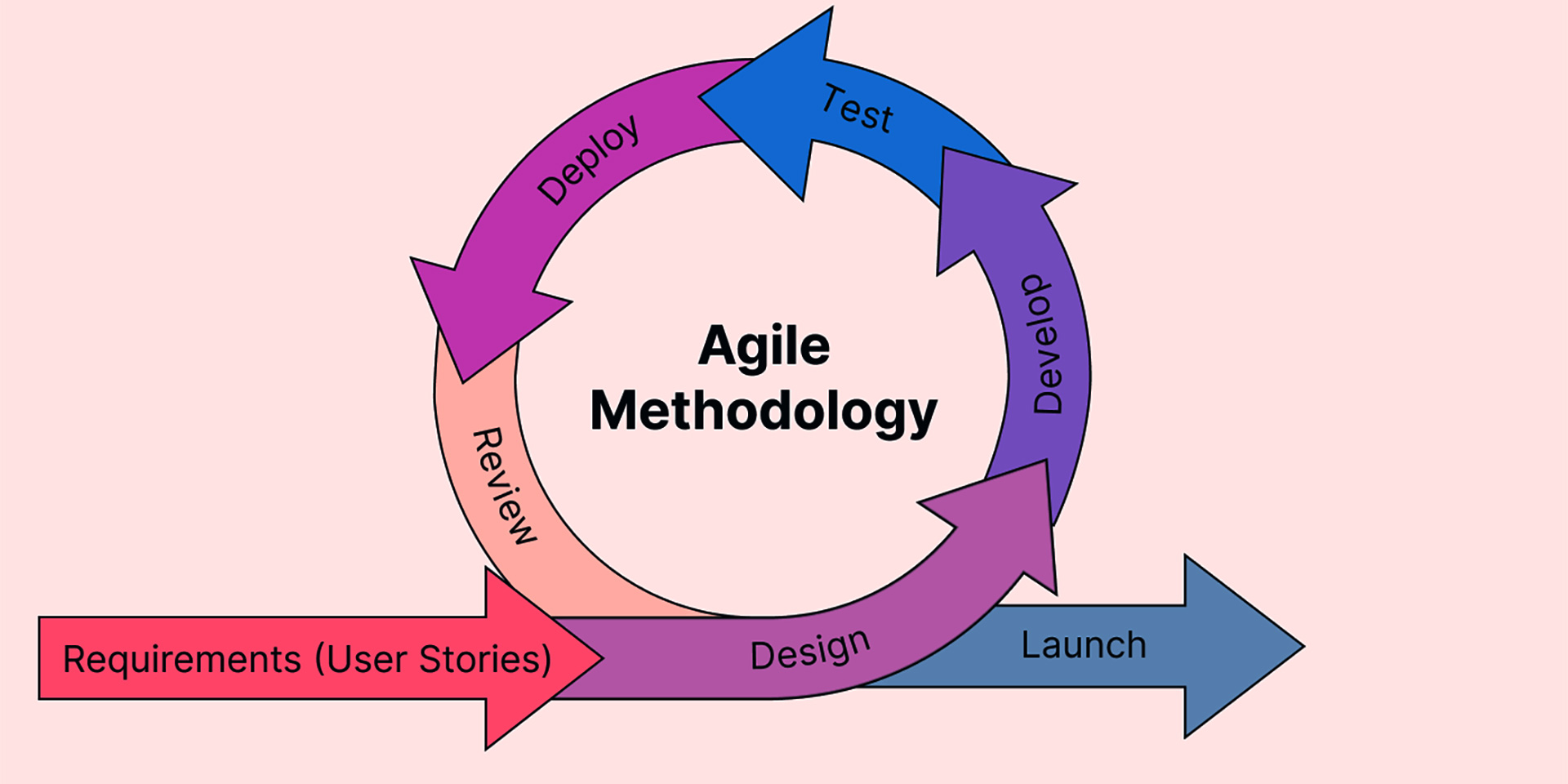Software development is the process of creating computer programs or applications that perform specific tasks. It involves designing, coding, testing, and debugging software to ensure that it meets the needs of users. This article provides a comprehensive introduction to software development, covering the basics, common challenges, and essential tools.
Understanding Software Development
Software development encompasses a wide range of activities, including requirements analysis, software design, implementation, testing, and maintenance. It involves collaboration between developers, designers, project managers, and other stakeholders to create software that meets specific requirements and quality standards.
Requirements Analysis
The first step in software development is gathering and analyzing requirements. This involves understanding the needs of users and stakeholders and defining the functionality that the software should provide. Requirements analysis helps ensure that the software meets the needs of its intended users and provides a clear roadmap for development.

Software Design
Once the requirements have been defined, the next step is to design the software. This involves creating a detailed plan for how the software will be structured and how its components will interact. Software design helps ensure that the software is well-organized, easy to maintain, and scalable.
Implementation
Implementation is the process of writing code to create the software. Developers use programming languages such as Java, C++, Python, and JavaScript to write the code that implements the software’s functionality. Implementation involves translating the design into code and ensuring that it works as intended.
Testing
Testing is a crucial part of software development, as it helps ensure that the software is free of bugs and meets its requirements. Testing involves running the software and using various techniques to identify and fix any issues. Testing is an ongoing process that continues throughout the development lifecycle.
Maintenance
Once the software is deployed, it enters the maintenance phase. During this phase, developers continue to update and improve the software to address issues that arise and to add new features. Maintenance is essential for ensuring that the software remains reliable and meets the changing needs of its users.

Common Challenges in Software Development
Software development is a complex process that can be challenging for developers. Some common challenges include:
- Managing project scope and requirements
- Dealing with changing requirements and priorities
- Ensuring software quality and reliability
- Managing project timelines and budgets
- Collaborating effectively with team members and stakeholders
Essential Tools for Software Development
There are many tools available to help developers create software more efficiently and effectively. Some essential tools include:
- Integrated Development Environments (IDEs) such as Visual Studio, Eclipse, and IntelliJ IDEA, which provide a suite of tools for writing, testing, and debugging code.
- Version control systems such as Git, which help developers track changes to their code and collaborate with other developers.
- Bug tracking systems such as Jira and Bugzilla, which help developers track and manage bugs and issues in their software.
- Testing tools such as JUnit and Selenium, which help developers automate the testing process and ensure that their software is free of bugs.
Future Trends in Software Development
As technology continues to evolve, so too will the field of software development. Several trends are shaping the future of software development, including:
Artificial Intelligence (AI) and Machine Learning (ML): AI and ML are increasingly being used in software development to automate tasks, improve decision-making, and enhance user experiences.
Internet of Things (IoT): The IoT is creating new opportunities for software developers to create applications that connect and control smart devices, such as home appliances, wearable devices, and industrial equipment.
Blockchain Technology: Blockchain technology is revolutionizing the way transactions are conducted online. Software developers are exploring new ways to use blockchain technology to create secure and transparent applications.
Low-Code/No-Code Development: Low-code and no-code development platforms are making it easier for non-developers to create software applications, reducing the time and cost of software development.
DevOps and Agile Development: DevOps practices and agile development methodologies are becoming more prevalent in software development, enabling teams to collaborate more effectively and deliver software more quickly and efficiently.
Software development is a complex and challenging process, but with the right knowledge and tools, it can be a rewarding experience. This article has provided a comprehensive introduction to software development, covering the basics, common challenges, and essential tools. By understanding the software development process and using the right tools, developers can create high-quality software that meets the needs of its users.




